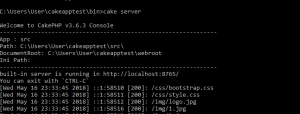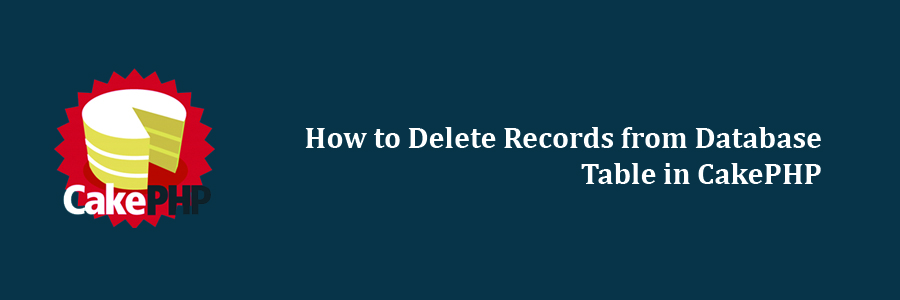Installing CakePHP is simple and easy. You can install it from composer or you can download it from github − https://github.com/cakephp/cakephp/releases. We will further understand how to install CakePHP in WampServer. After downloading it from github, extract all the files in a folder called “CakePHP” in WampServer. You can give custom name to folder but we have used “CakePHP”.
CakePHP has a few system requirements:
- HTTP Server. For example: Apache. Having mod_rewrite is preferred, but by no means required. You can also use nginx, or Microsoft IIS if you prefer.
- PHP 5.6.0 or greater (including PHP 7.3).
- mbstring PHP extension
- intl PHP extension
- simplexml PHP extension
- PDO PHP extension
While a database engine isn’t required, we imagine that most applications will utilize one. CakePHP supports a variety of database storage engines:
- MySQL (5.5.3 or greater)
- MariaDB (5.5 or greater)
- PostgreSQL
- Microsoft SQL Server (2008 or higher)
- SQLite 3
Installing CakePHP
Before starting you should make sure that your PHP version is up to date:
php -v
You should have PHP 5.6.0 (CLI) or higher. Your webserver’s PHP version must also be of 5.6.0 or higher, and should be the same version your command line interface (CLI) uses.
Installing Composer
CakePHP uses Composer, a dependency management tool, as the officially supported method for installation.
-
Installing Composer on Linux and macOS
-
Run the installer script as described in the official Composer documentation and follow the instructions to install Composer.
-
Execute the following command to move the composer.phar to a directory that is in your path:
mv composer.phar /usr/local/bin/composer
-
-
Installing Composer on Windows
For Windows systems, you can download Composer’s Windows installer here. Further instructions for Composer’s Windows installer can be found within the README here.

After a successful installation of cakephp run the server to see the setting information about the application
Read the official CakePHP Installation Document






